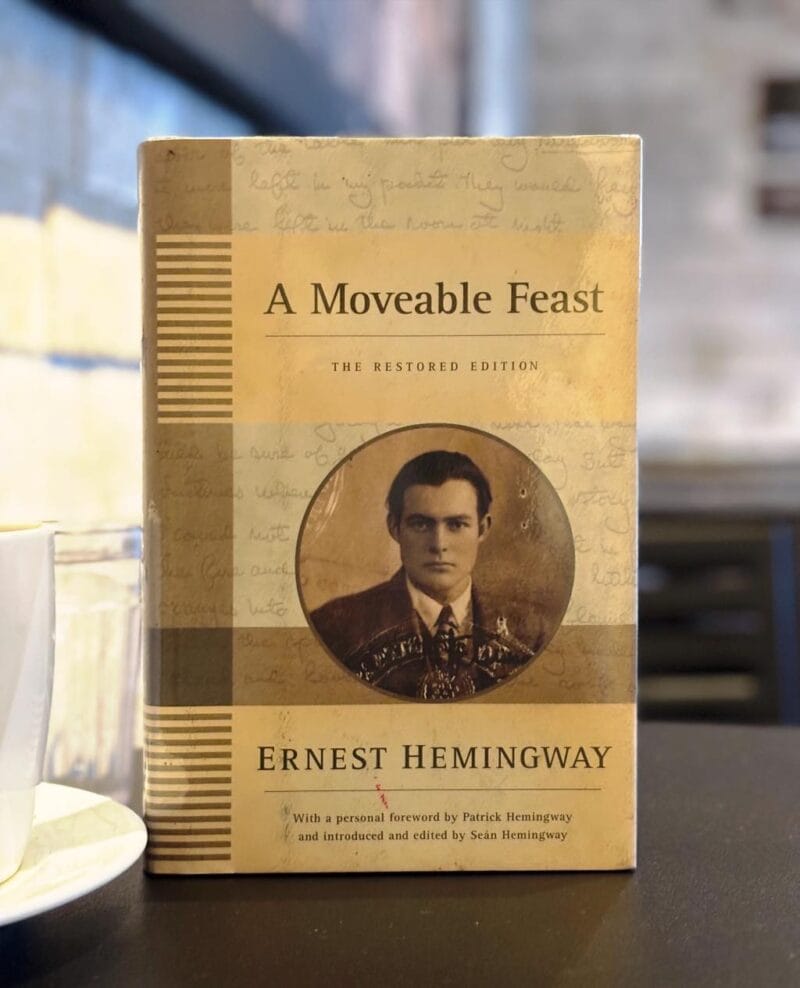Macondo, a name that resonates deeply in literature and culture, originates from the imaginative world created by Gabriel García Márquez in his novel One Hundred Years of Solitude (1967). This fictitious town becomes the backdrop for the tumultuous saga of the Buendía family across several generations, capturing the essence of the Latin American experience.
Macondo is widely thought to draw from García Márquez’s own childhood town, Aracataca, situated near Colombia’s Caribbean coast. Besides its literary significance, the name has permeated various aspects of popular culture, including the coffee industry, where it represents authenticity and a rich heritage. Despite an attempt in 2006 to rename Aracataca to Macondo, the initiative did not succeed due to low voter turnout.
Exploration of Macondo in Literature
Readers of García Márquez’s work are often enchanted by the fantastical elements intertwined with historical realism, making Macondo not just a setting but a symbol of imaginative storytelling and cultural identity. Exploring Macondo means delving into a world where myth and reality coexist, offering a unique reflection of human nature and societal change.
Depiction in One Hundred Years of Solitude
One Hundred Years of Solitude introduces readers to Macondo as an isolated town founded by José Arcadio Buendía and his wife, Úrsula. This town evolves through a century, witnessing the rise and fall of the Buendía family. As events unfold, magical realism permeates the narrative, blending everyday life with extraordinary occurrences.
Characters like Úrsula Iguarán and Colonel Aureliano Buendía react to these mystical events with a matter-of-fact attitude, establishing a norm where surreal experiences are integrated into reality. Macondo becomes a microcosm, showcasing its transformations alongside the evolving lives of the Buendía family and significant historical, political, and social changes.
Literary Significance and Themes
Macondo’s literary significance extends beyond its role in One Hundred Years of Solitude. It symbolizes a place where myth and reality coexist, challenging the reader’s perception of time and history. The town is a vessel for exploring themes such as the inevitable repetition of history, the nature of reality, and human resilience.
The juxtaposition of extraordinary events with the mundane highlights the characters’ struggles with their fates. Themes of magical realism emerge, portraying the magical as an intrinsic part of life. Additionally, Macondo’s decline mirrors the Earth’s exploitation, environmental degradation, and the loss of innocence and purity. This reflective narrative looks at these themes and the conflicts that run through them, making One Hundred Years of Solitude an important work of literature.
Influence on Magical Realism
Macondo serves as a cornerstone in the genre of magical realism. Its unique blend of the banal and the extraordinary influences numerous works and authors within the genre.
Characteristics of Magical Realism in Macondo
Macondo embodies several key traits of magical realism. The town combines everyday life with elements of the supernatural. Ghosts cohabit with the living, and mystical events are treated as part of daily routines, maintaining a consistent inner logic and verisimilitude.

Magical realism in Macondo blurs the line between reality and fantasy. José Arcadio Buendía’s encounters with ghosts and dreams of alchemy illustrate this interplay. The townspeople’s acceptance of magical events without question further enhances the genre’s distinctiveness.
Macondo’s portrayal helps define the broad label of magical realism, showcasing how reality can be seamlessly integrated with magical elements. The matter-of-fact tone used to describe surreal occurrences underscores this characteristic.
Macondo’s Role in Popularizing the Genre
Macondo significantly contributes to the global recognition and popularity of magical realism. García Márquez’s novel is often cited as one of the best magical realism books. This acclaim elevates Macondo as a model for the genre.
The setting of Macondo influences other Latin American authors and transcends borders. Writers from various cultures draw inspiration from its seamless blend of the supernatural and the real. Macondo becomes synonymous with magical realism, informing the stylistic and thematic approaches of numerous subsequent works.
By setting a high benchmark, Macondo helps establish the genre’s conventions and inspires a broader acceptance and appreciation in literary circles.
Comparative Analysis with Other Magical Realism Works
Macondo can be compared to other seminal settings in magical realism, such as Isabel Allende’s fictional town of Callejón del Beso in The House of the Spirits (1982). Both towns serve as epicenters where magical events unfold against the backdrop of everyday life, featuring rich family sagas and intricate histories.
While Macondo focuses heavily on an intermingling of magical realism elements with stark realities anchored in Colombian history, other works may place more emphasis on either the magical or the real. Macondo maintains a delicate balance, making supernatural events feel as credible as the ordinary.
Such comparative analyses highlight Macondo’s unique contribution, setting a standard while allowing room for diverse interpretations within the genre.
Selected Passage with Analysis
Many years later, as he faced the firing squad, Colonel Aureliano Buendía was to remember that distant afternoon when his father took him to discover ice.
Opening sentence, One Hundred Years of Solitude by Gabriel García Márquez
In this opening line from One Hundred Years of Solitude, the main idea centers on a moment of reflection by Colonel Aureliano Buendía just before his execution. He recalls an event from his childhood when his father took him to witness ice for the first time, a moment of wonder that stands in stark contrast to his impending death. This memory is both a personal reflection and a reminder of the passage of time, marking the intersection of innocence and inevitable mortality.
Memory plays a significant role in the narrative, serving as a lens through which the characters process their lives. For Aureliano Buendía, this memory is not just about the past but also about the cyclical nature of his existence. His recollection highlights the inevitability of fate, where moments of joy and innocence are often overshadowed by the unchangeable course of destiny, a theme that permeates the novel.
García Márquez employs foreshadowing by linking Aureliano's death with his memory of ice. The coldness of ice metaphorically anticipates the coldness of the firing squad. Magical realism subtly intertwines with the passage of time, as this memory echoes throughout the novel, symbolizing the inescapable repetition of the Buendía family's cycles.
Further Reading
Looking for Macondo in Gabriel García Márquez’s Aracataca, Colombia by Patrick James Kapche, People Places and Thoughts
Magic in Service of Truth by Salman Rushdie, The New York Times
The Secret History of One Hundred Years of Solitude by Paul Elie, Georgetown University Berkley Center
Macondo’s Echoes: Unraveling the Mystique of One Hundred Years of Solitude by John Heinz, Ultra Unlimited
History Lessons from Macondo: Magical Realism from Cólera to COVID by Amy Nigh, Philosophy World Democracy




